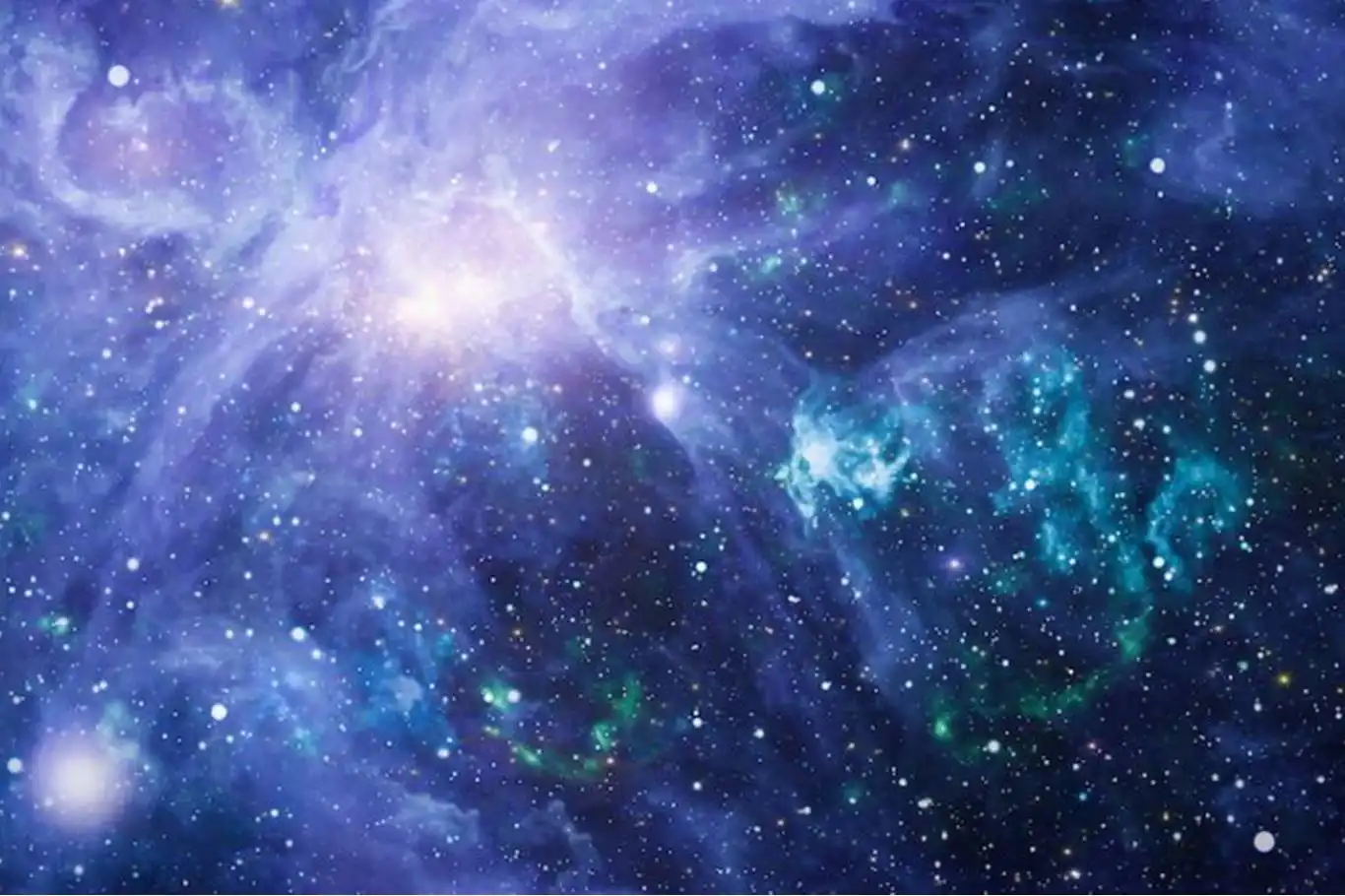NASA postpones launch of space telescope for final rocket checkouts


NASA has delayed the eagerly anticipated launches of its SPHEREx space telescope and the sun-focused PUNCH mission, originally scheduled for Saturday from Vandenberg Space Force Base in California.
The decision, made in collaboration with SpaceX, stems from the need for additional rocket checkouts on the SpaceX Falcon 9, which will carry both missions into orbit.
In a statement, NASA explained: “The additional time will allow teams to continue rocket checkouts ahead of liftoff.” While a new launch date has yet to be confirmed, the agency assured that updates will be provided soon.
Despite the setback, excitement remains high for the groundbreaking science promised by both missions. SPHEREx, or the Spectro-Photometer for the History of the Universe, Epoch of Reionization, and Ices Explorer, aims to unravel mysteries about the origins of the universe and the ingredients essential for life. The mission will map the sky in 102 infrared colors, collecting data from over 450 million galaxies and 100 million stars in the Milky Way.
SPHEREx’s observations will focus on identifying key molecules—such as water, carbon dioxide, and carbon monoxide—within molecular clouds where stars and planets form. Scientists believe these observations could reveal how life-essential elements are distributed across the cosmos, potentially shedding light on the origins of Earth’s water, which may have come from ice embedded in cosmic dust.
Additionally, SPHEREx will complement the capabilities of the James Webb Space Telescope by providing large-scale sky surveys, enabling Webb and the Hubble Space Telescope to conduct more detailed follow-up studies.
Meanwhile, the PUNCH mission—short for Polarimeter to Unify the Corona and Heliosphere—will turn its focus toward the sun. Comprising four small satellites orbiting Earth in synchronized formation, PUNCH will study the sun’s corona and solar wind in unprecedented 3D detail.
Solar wind, a stream of charged particles from the sun, plays a critical role in space weather, which can disrupt satellites, power grids, and communications systems on Earth. By improving our understanding of the transition between the sun’s corona and solar wind, PUNCH aims to enhance space weather forecasting, helping scientists predict solar storms and mitigate their impacts on Earth’s infrastructure.
NASA officials highlighted the efficiency of launching SPHEREx and PUNCH together, noting that both missions will be placed in a sun-synchronous orbit around Earth’s poles. “Launching PUNCH alongside SPHEREx allows NASA to maximize scientific output while minimizing costs,” the agency stated.
The launch window for the missions initially opened on February 28, but a combination of poor weather conditions and integration challenges with the spacecraft and rocket fairing led to multiple postponements. Julianna Scheiman, director of NASA Science Missions at SpaceX, emphasized that engineers are diligently working through the final preparations.
NASA remains optimistic, with multiple launch opportunities available through April. “We’re ensuring everything is ready for a successful mission,” Scheiman added.
The delay has done little to dampen enthusiasm for the missions’ potential. Dr. Mark Clampin, acting deputy associate administrator of NASA’s Science Mission Directorate, underscored their significance: “These missions cover the full breadth of NASA’s science. PUNCH will study the sun in great detail, while SPHEREx will scan the entire sky. Together, they will offer groundbreaking insights into our universe.”
As NASA and SpaceX continue their preparations, the scientific community and space enthusiasts alike eagerly await the launch of SPHEREx and PUNCH, which promise to unlock new secrets about the cosmos and our solar system. Stay tuned for updates on the rescheduled launch date. (ILKHA)
LEGAL WARNING: All rights of the published news, photos and videos are reserved by İlke Haber Ajansı Basın Yayın San. Trade A.Ş. Under no circumstances can all or part of the news, photos and videos be used without a written contract or subscription.
Artificial intelligence has, for the first time, been used to autonomously guide a free-flying robot aboard the International Space Station, marking a significant breakthrough in space robotics and autonomous mission operations.
China successfully placed nine satellites into orbit aboard its Lijian-1 (Kinetica-1 Y11) carrier rocket, including an Earth-observation satellite developed under the leadership of the United Arab Emirates (UAE).
A major new study by the Oxford Internet Institute and the AI Security Institute has revealed that conversational artificial intelligence systems can significantly influence people’s political beliefs, raising serious concerns about the future of democratic processes and election integrity.
The European Commission has imposed a €120 million fine on X (formerly Twitter) for multiple violations of the Digital Services Act (DSA), marking the first non-compliance decision issued under the landmark EU regulation.